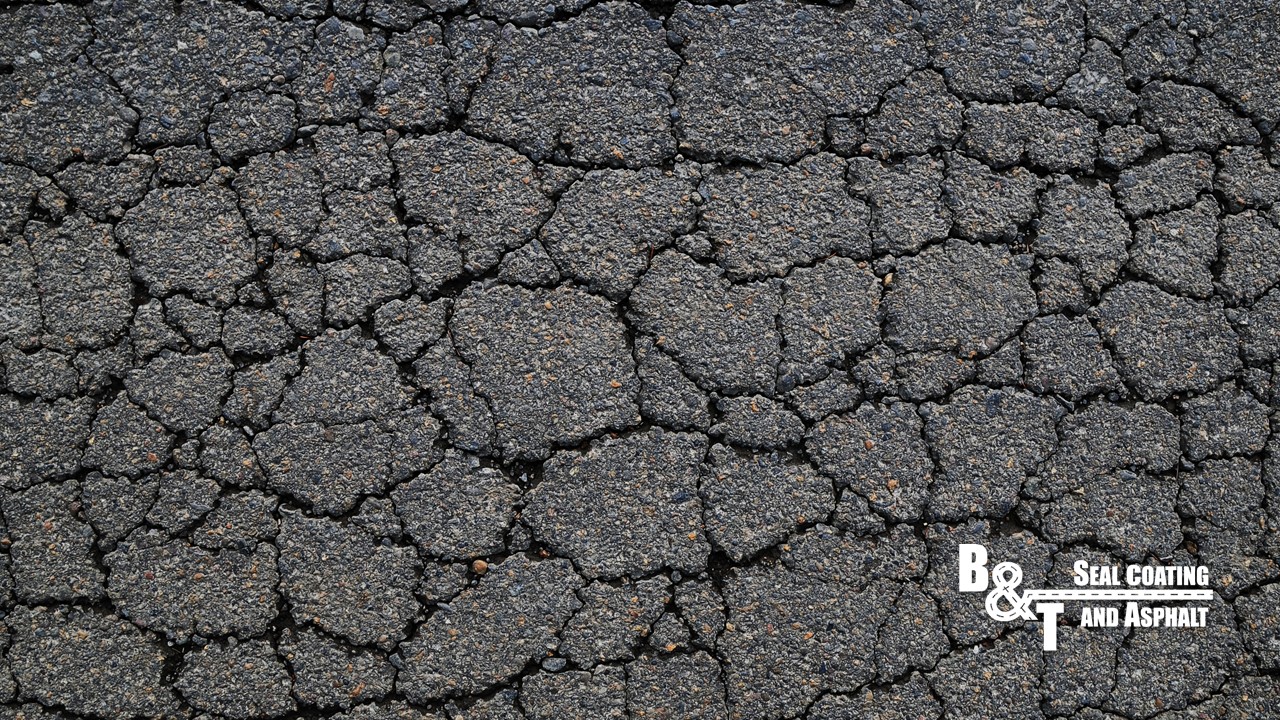


Calculations of crack parameters are presented and we apply this methodology to quantify the characteristics of dynamic crack patterns derived from wetting-drying (W-D) cycles. Based on the resulting binary crack image, skeleton and nodes of crack network, we propose a novel approach to crack separation by employing the concept of skeleton by zones of influence (SKIZ) and algorithms including distance transform and watershed segmentation. A crack image is first segmented and then subjected to morphological operations including skeletonization, node identification and crack outline extraction. The methodology comprises three sections: image segmentation, morphological processing and parameter calculation. This study presents a morphological approach to crack recognition and quantification based on digital image processing and morphological algorithms. The quantification of cracks is therefore inevitable for predicting moisture movement in cracked soils. Water flow and solute transport through shrink-swell soils with desiccation cracks are dominated by the crack distribution and variable hydraulic properties. Crack degree, velocity, similarity and network topology within wet-dry cycles are analyzed.The approach is assessed on dynamic crack patterns derived from three wetting-drying cycles.A novel method for separating cracks is proposed based on SKIZ, distance transform, and watershed segmentation.Crack skeleton, outline and nodes are produced using morphological algorithms.We propose a methodology for soil crack recognition and quantification.


 0 kommentar(er)
0 kommentar(er)
